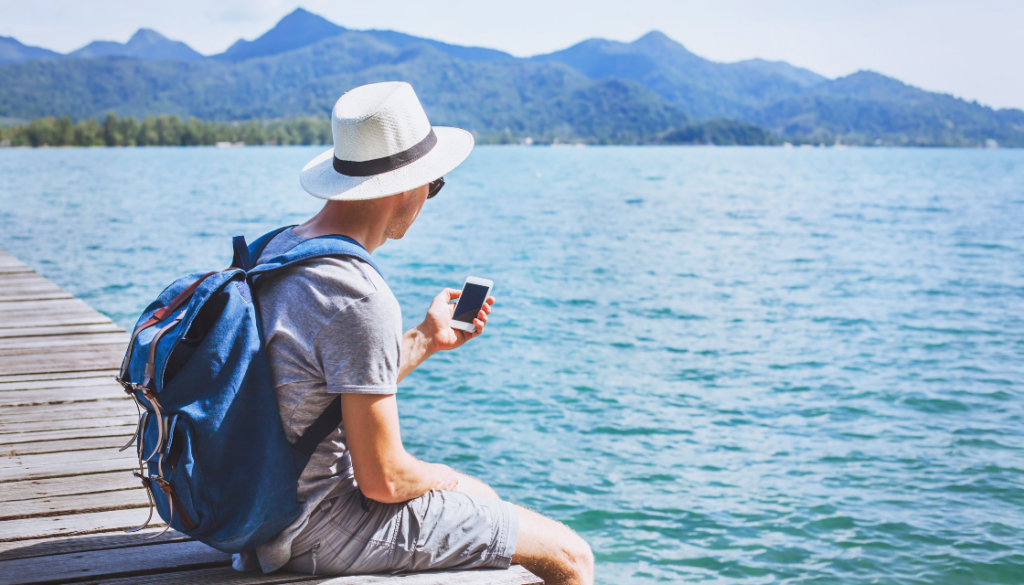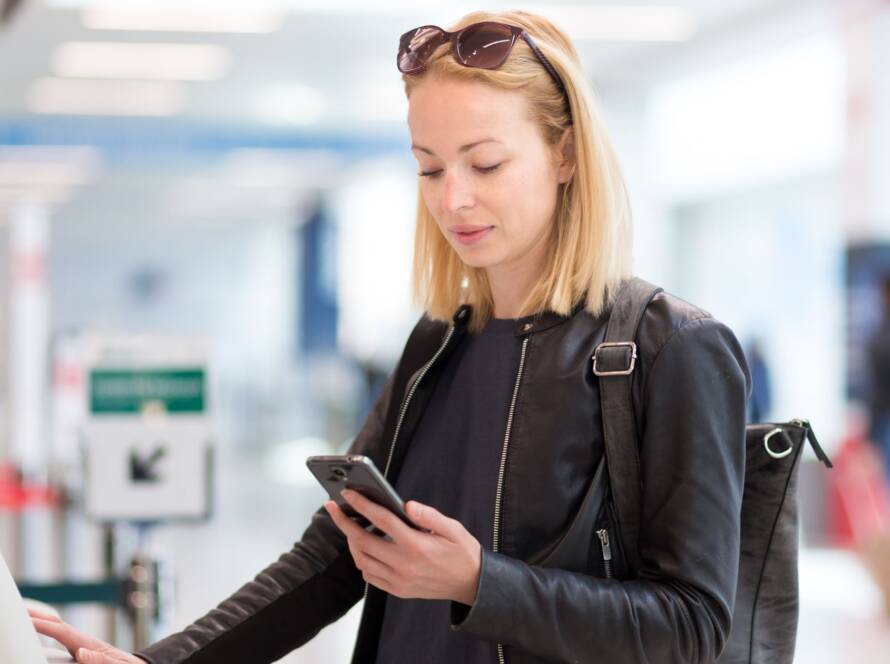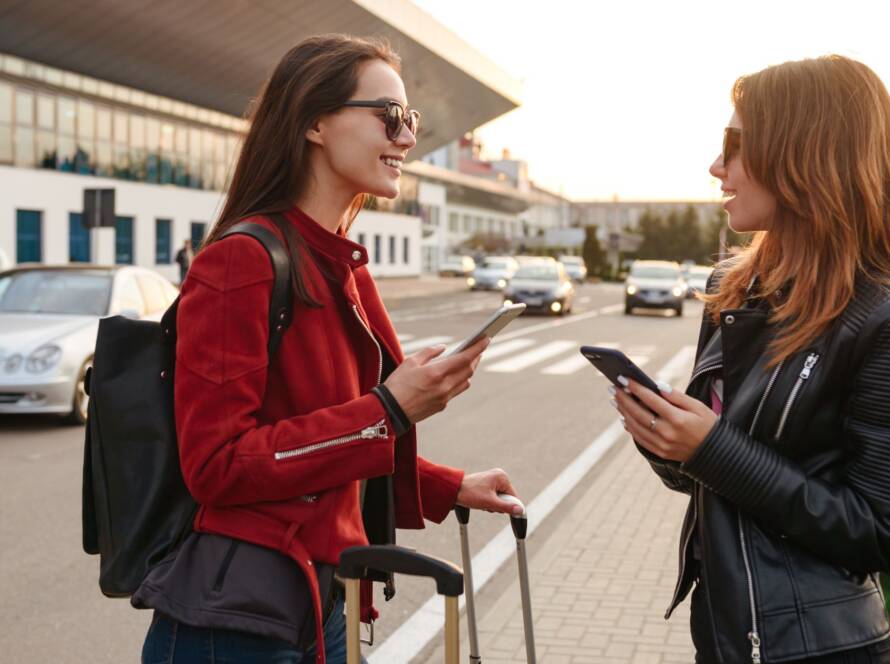Traveling has become much more comfortable and versatile thanks to the internet. We can now not only stay in touch with loved ones but also work effectively, learn new things, or document our adventures. While traveling, the internet can become an invaluable tool that opens up many opportunities. Here are 5 creative ways to effectively use internet access during your travels—whether you’re a solo traveler, a remote freelancer, or someone who wants to combine passion with personal development.

1. Remote work and project management on the go
For many people, remote work is a lifestyle that perfectly fits the idea of traveling. Whether you’re a freelancer, a small business owner, or an employee of an international corporation, the internet allows you to manage your responsibilities from anywhere in the world. With tools like Asana, Trello, or Slack, you can effectively organize projects and communicate with your team. This allows you to synchronize tasks, delegate work, and monitor progress, even when exploring new countries.
Additionally, cloud-based work tools like Google Drive, Dropbox, or Microsoft OneDrive allow for easy file access and real-time collaboration. This is especially important for those who need constant access to documents, presentations, or other resources.
Don’t forget about video conferencing, which is becoming an increasingly common way to stay connected with your team. Zoom, Microsoft Teams, or Google Meet enable you to participate in meetings from anywhere in the world, as long as you have a stable internet connection.
Pro Tip: Before traveling, identify local coworking cafes or hotels with good Wi-Fi. Many places offer fast internet and comfortable workspaces. If you plan longer stays, use maps like Nomad List, which provides information on the best cities for living and working as a digital nomad.
2. Running a travel vlog
If you love traveling and want to share your adventures with a wider audience, the internet offers excellent tools to start your journey as a content creator. A travel vlog is not only a great way to document your trips but also to inspire others to explore the world. Using platforms like YouTube, TikTok, or Instagram, you can regularly post videos and photos, building a community interested in your travels.
The process of creating a vlog may seem complex, but the internet offers plenty of free and paid resources to help you develop skills in video editing and content optimization. Programs like DaVinci Resolve, Adobe Premiere Pro, or mobile apps like CapCut allow for professional editing that will capture the attention of your viewers.
One of the key elements of successful travel vlogs is storytelling—the art of creating engaging narratives. The internet also gives you the opportunity to improve this skill. You can find courses, articles, and podcasts that will teach you how to craft engaging stories that will attract viewers and help you build a loyal community.
Pro Tip: To regularly post content even when traveling to places with limited internet access, use tools like Buffer or Hootsuite to automate your posts. You can schedule your publications in advance, ensuring continuity even when you’re offline.
3. Learning languages while traveling
Traveling is one of the best opportunities to learn new languages, especially if you visit countries where different languages are spoken. The internet can be your most important support in this process. Apps like Duolingo, Babbel, Memrise, or Busuu offer interactive courses that help you quickly master language basics or even advanced phrases. With these, you can learn a new language even during short breaks while traveling—on a train, plane, or even in line for coffee.
In addition to apps, you can also use platforms like iTalki or Tandem, where you can talk to native speakers. These conversations will not only help you improve your pronunciation and fluency but also allow you to better understand the culture and customs of the country you’re visiting.
Access to local online resources such as news, podcasts, or even TV channels is another great way to immerse yourself in a foreign language. You can practice listening comprehension, which will accelerate your learning.
Pro Tip: Download offline educational materials before traveling—many apps allow you to access courses without internet, which is especially useful in areas with limited connectivity.
4. Trip planning and real-time bookings
Thanks to the internet, trip planning becomes much easier. Even if you prefer spontaneous trips, the internet helps you find the best deals for accommodations, flights, or tourist attractions. Booking.com, Airbnb, Expedia, or Skyscanner are tools that allow for quick price comparisons and bookings from anywhere in the world.
Also, with apps like Google Maps or Maps.me, you can plan routes, discover hidden gems, and navigate even if you don’t have internet access. Just download offline maps before your trip, and these apps will guide you through remote or hard-to-reach places.
If you prefer planning trips in real time, using travel forums, blogs, and Facebook groups can be a great source of inspiration and practical tips. You can easily find recommendations for local attractions, restaurants, and must-visit places based on other travelers’ experiences.
Pro Tip: Install flight delay and status tracking apps like FlightAware or FlightRadar24, which provide real-time updates on schedule changes, helping you avoid stress caused by unexpected situations.
5. Personal growth and expanding horizons
Traveling is an excellent opportunity for personal development, and the internet gives you access to an unlimited amount of educational resources. You can use your travel time to learn new skills, gain knowledge, and develop your interests. Platforms like Coursera, Udemy, Skillshare, or edX offer a wide selection of online courses on various topics, from programming and photography to psychology and personal development.
Using online courses during your travels allows you to grow at your own pace. You can study anytime and anywhere, making your journey not only an adventure but also an opportunity for self-improvement.
Pro Tip: Use time spent in transportation to listen to audiobooks, podcasts, or watch inspiring lectures on YouTube or TED Talks. It’s a great way to develop your passions and expand your knowledge.

Conclusion
Internet access during travel is a true revolution that opens up countless creative possibilities. We can work remotely, develop our passions, document travels, learn new languages, or plan the next stages of our journey—all from anywhere in the world. With a bit of creativity and planning, you can fully utilize the potential that the internet offers during your travels.
What are your favorite ways to effectively use the internet while traveling? Share your experiences in the comments!
For more information on eSIM and available plans, visit Fonia.Travel.


